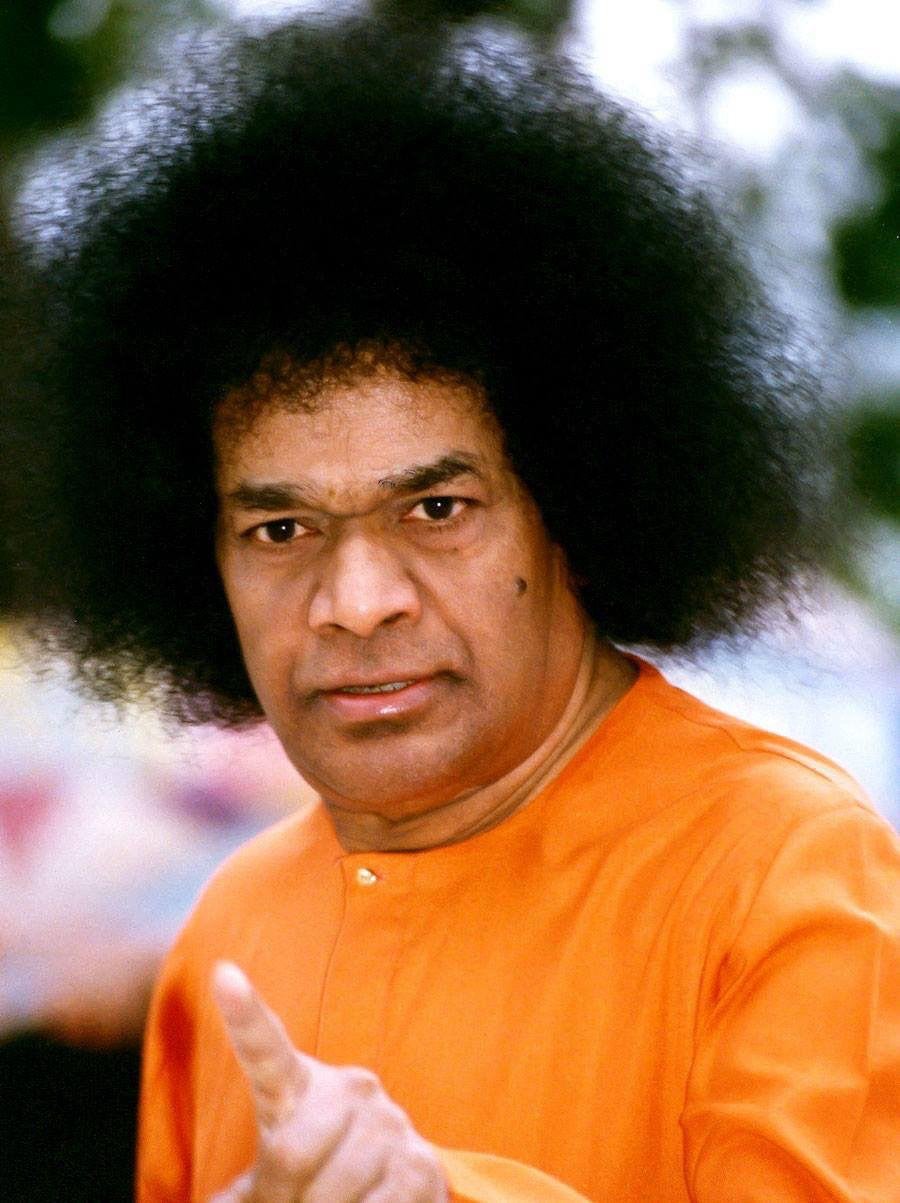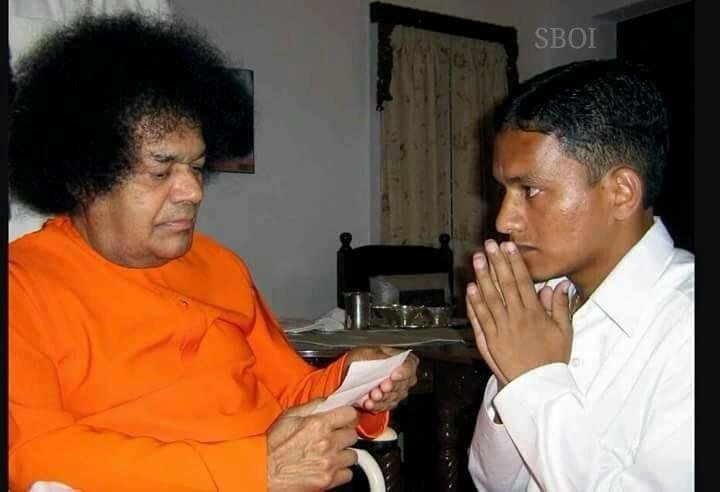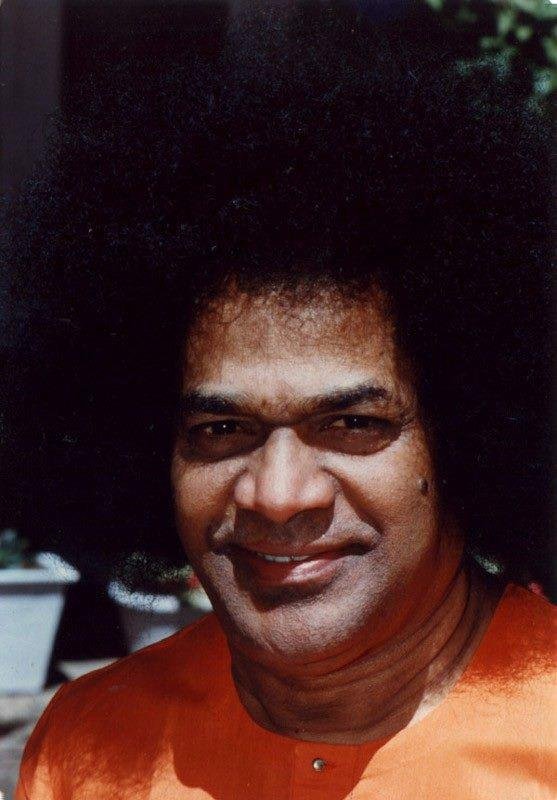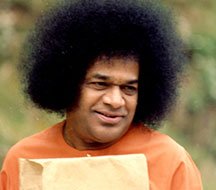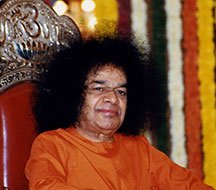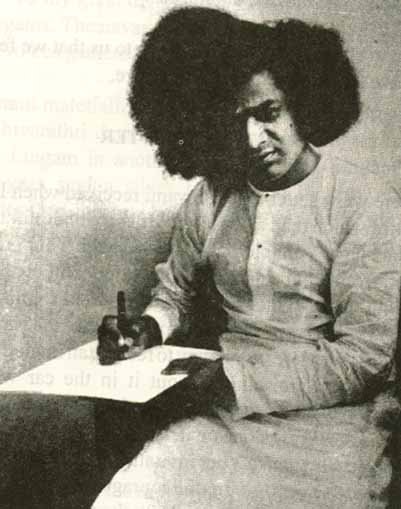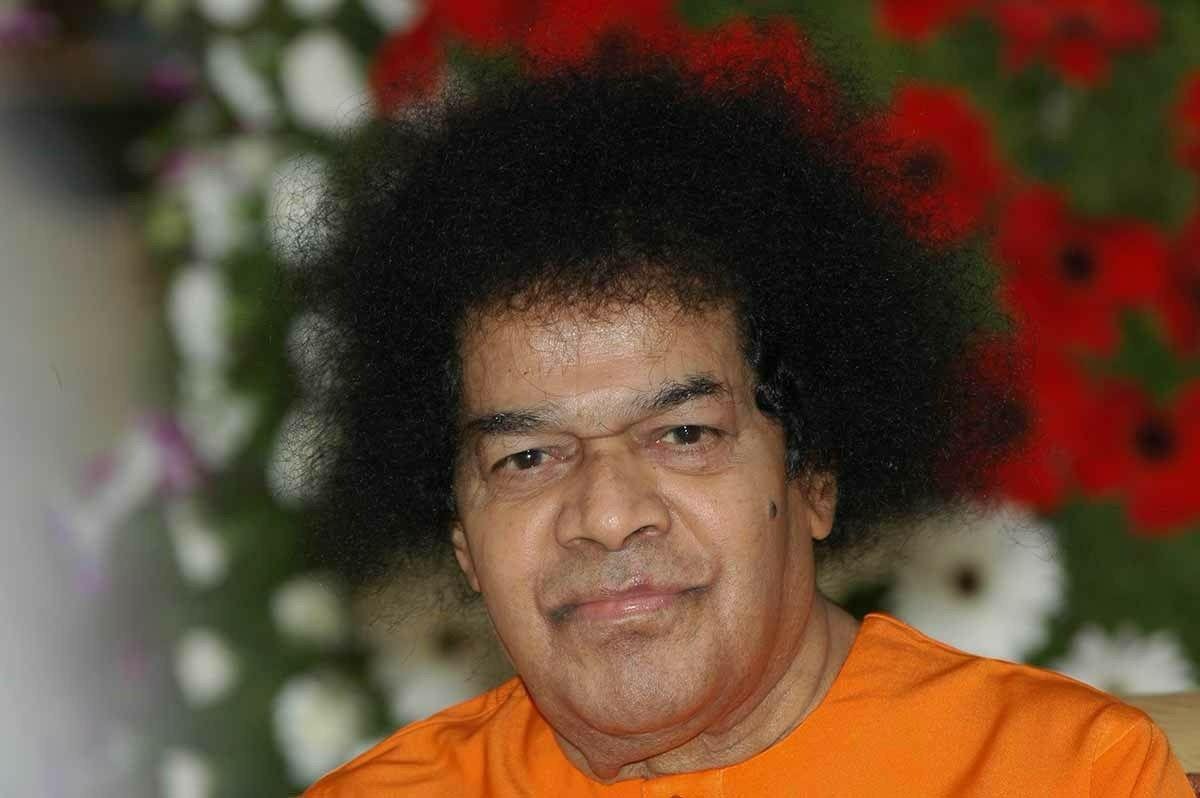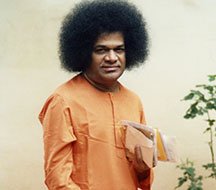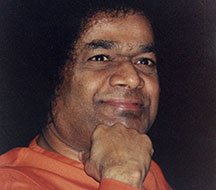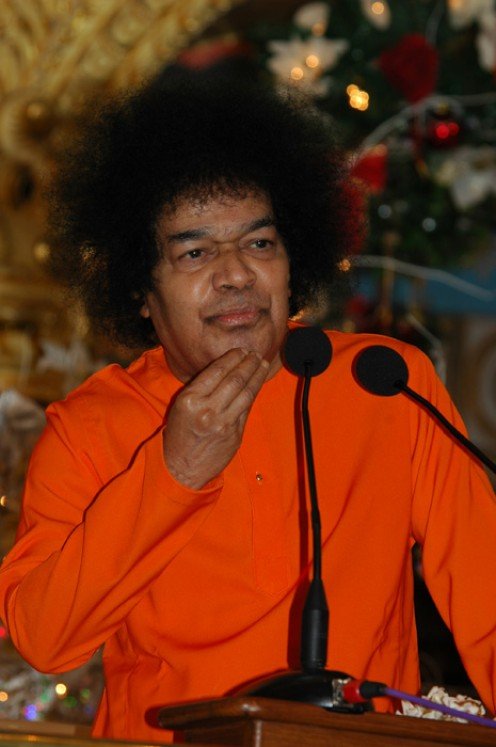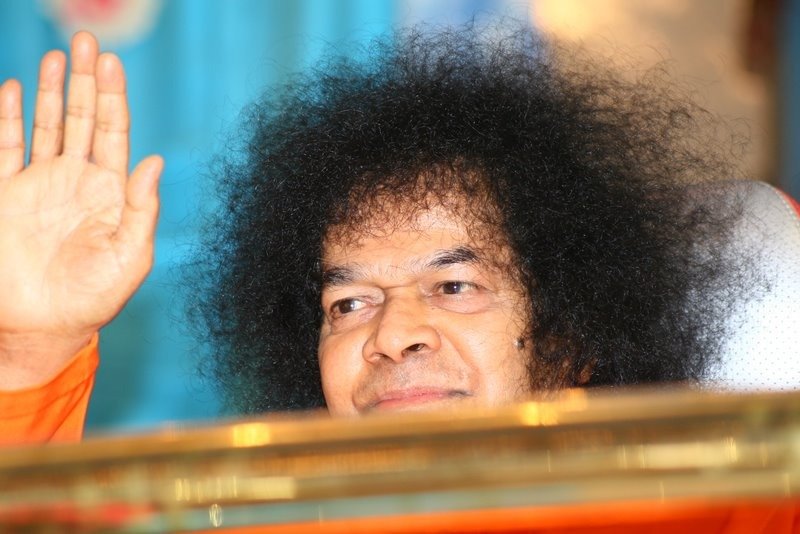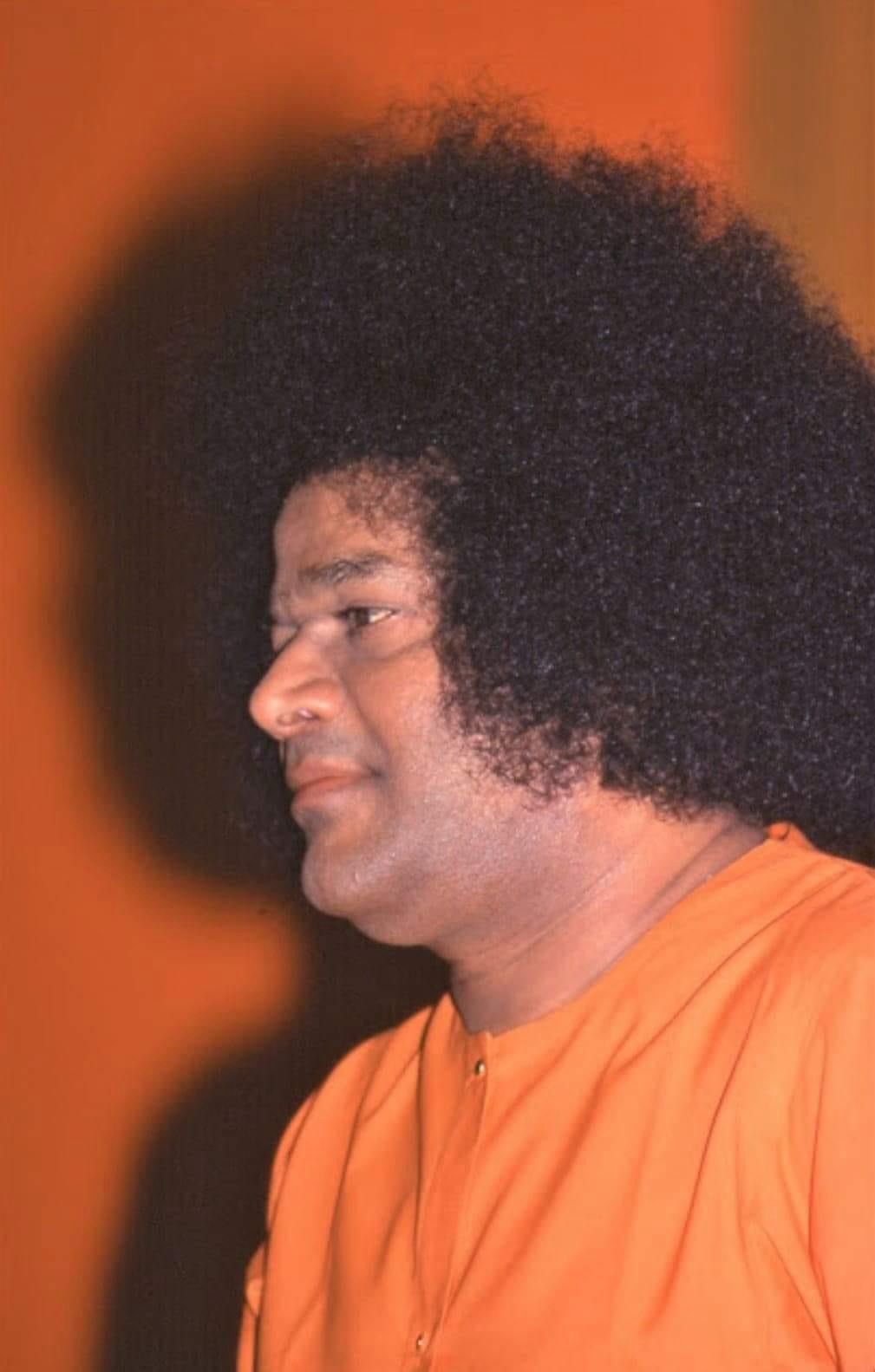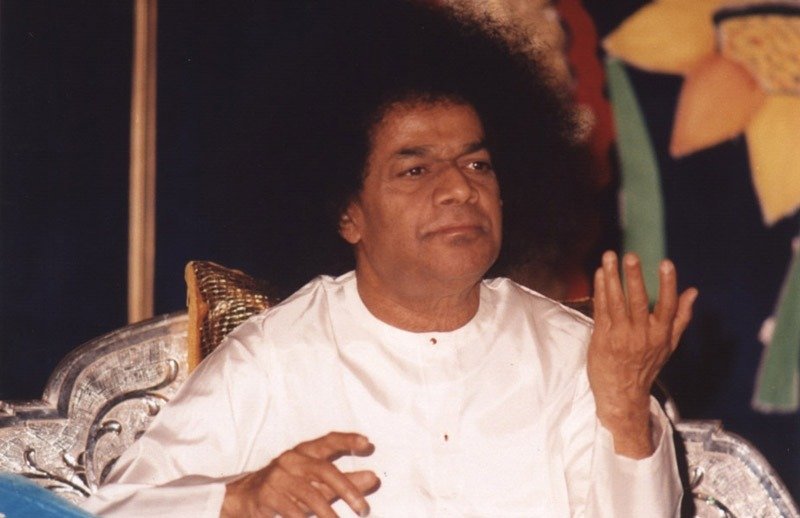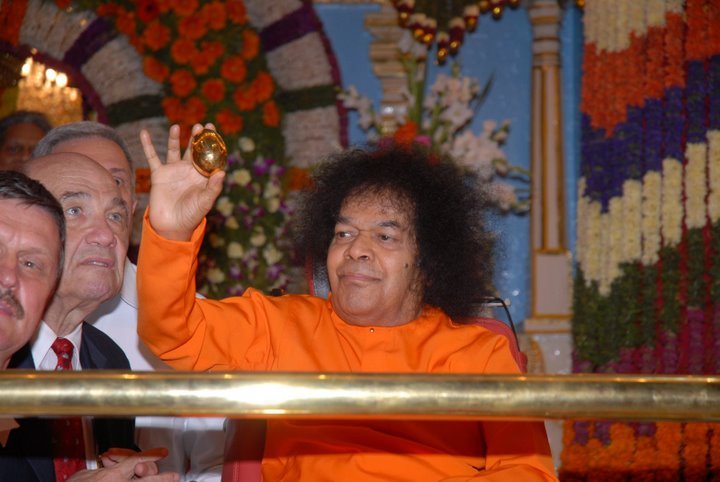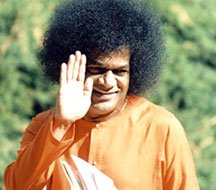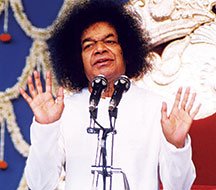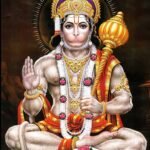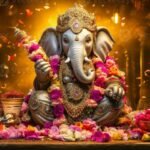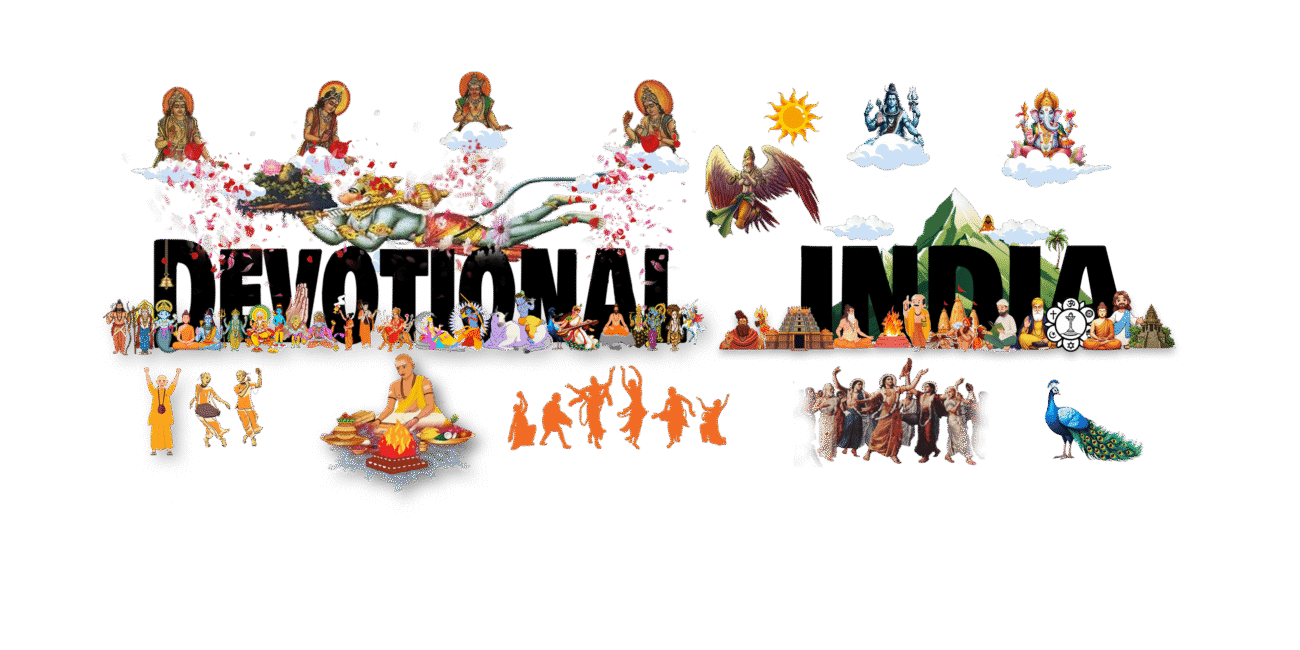Bhagwan Swaminarayan

The Swaminarayan Sampraday is a Bhakti Sampraday founded by Bhagwan Swaminarayan on 31 December 1801 CE.
It belongs to the Vaishnav tradition and represents the purest form of the Hindu religion. It focuses its faith on salvation through total devotion – bhakti – to the Supreme God developed through dharma, jnan and vairagya
(righteousness, knowledge and detachment).
At 20, the Lord was in Ramanand Swami’s Ashram serving as a humble servant. He was named Sahajanand when Ramanand Swami initiated Him. The Lord became the sole spiritual master when Ramanand Swami appointed Him as the Guru of his ashram. A month later, Ramanand Swami passed away. On the 14th day of the funeral rites, in the village of Faneni, the Lord introduced the new Swaminarayan Mantra. News of this Mantra spread far and wide. And its spiritual power was felt everywhere. Sahajanand Swami now became known as Bhagwan Swaminarayan. Anyone who chanted the Mantra enjoyed samadhi – the ultimate spiritual experience.
Those who heard it, wrote it or thought of it experienced samadhi. Others who saw Bhagwan Swaminarayan,
heard the sound of His sandals, or discussed His philosophy saw a divine light and beheld the visions of the great incarnations of God – Rama, Krishna and Shiva. Since the trance was an experience of His grace, it was called krupa samadhi.
Followers from all walks of life, of all talents and stations, of all positions and powers joined the flock of Bhagwan Swaminarayan. Scholars and music maestros, spiritual seekers and spiritual leaders came forth and took initiation. Bhagwan Swaminarayan was accepted as God Himself and the way of life He introduced came to be known as the Swaminarayan Sampraday.
The word ‘Sampraday’ emphasizes the fact that the Movement, its philosophy and principles have been continually guided and preserved, in all their purity, by an unbroken and untainted spiritual hierarchy of enlightened Gurus.By 49, Bhagwan Swaminarayan completed His mission on earth and returned to His divine abode. Over 2 million devotees had experienced His divinity and hailed His purity. Six magnificent mandirs enshrined His spirituality and several scriptures encapsulated His knowledge. Yet His personality, in all its totality was preserved by His spiritual successor Gunatitanand Swami.

On 1 June 1830 CE (Jeth sud 10, 1886 VS), Bhagwan Swaminarayan left His mortal body which was cremated in Gadhada.
But long before that He had begun to reveal that He would continue to be present on this earth through a succession of spiritual Gurus. The Lord’s eternal words spoken on 8 February 1826 CE (Maha sud 2, 1882 VS) are recorded in Vachanamrut Vadtal 19: “When the Jiva gets a birth as a human being, God or God’s enlightened Sadhu are always manifest on this earth. When the Jiva knows and understands them, he becomes a Bhakta – God’s devotee.”
Keeping to this timeless promise, Bhagwan Swaminarayan entrusted Gunatitanand Swami, His Enlightened Sadhu, with the oars of the Sampraday.
“Gunatitanand and I are no different.”
“Just as people follow me, millions shall follow Gunatitanand.” Such revelations and predictions of the Lord, were truly and fully realized as Gunatitanand Swami led the mission. Since then, the spiritual succession has continued in all its divinity through Bhagatji Maharaj, Shastriji Maharaj, Yogiji Maharaj and, at present, Pramukh Swami Maharaj.
On his return to India, Swami Rama continued to lecture in the plains, but his health began to break down. He went back to the Himalayas and settled at Vasishtha Ashram. He gave up his body in the Ganges on 17 October, 1906, when he was only thirty-three.
The Rama Tirtha Publication League has brought out most of the writings of this great saint of India. They are given in several volumes, entitled, In the Woods of God-realisation. His inspiring writings show us that he saw his Beloved Lord in all names and forms. In many of his poems he sings the glory of nature.

Philosophy of Succession:
Philosophically, Bhagwan Swaminarayan is Purushottam – the God Supreme. And Gunatitanand Swami is Aksharbrahman – His divine abode, also called Akshardham. The Lord in His fullest glory, eternally resides in Gunatitanand Swami. They are ever together, inseparable – The Lord as the Master and Gunatitanand Swami as the ideal devotee, the disciple. On earth, every spiritual Guru in Bhagwan Swaminarayan’s succession is the incarnation of Aksharbrahman in whom the Lord resides fully and eternally. As every Guru is the same Aksharbrahman entity, the devotees feel no spiritual change, except the physical change of another successor. It is clear that the Guru is not God, but is God’s ideal devotee in whom God resides eternally.
Gunatitanand Swami – The First Successor:
Bhagwan Swaminarayan’s sole successor was Gunatitanand Swami who was the incarnation of Aksharbrahman, the Lord’s divine abode. Bhagwan Swaminarayan had brought him on earth to establish the worship of Bhakta-Bhagwan and continue the mission He had begun. For administrative purpose, He divided His mandirs into two regions and appointed two Acharyas, Raghuvirji Maharaj and Ayodhyaprasadji Maharaj to guide the progress. However, to the whole of Satsang in general, to all His followers, He revealed,
“Gunatitanand is Aksharbrahman, My divine abode…. I am the Lord supreme and Gunatitanand is my ideal devotee.”
He lovingly commanded everyone, “One month, every year come to Junagadh and stay here,” since it was in Junagadh that Gunatitanand Swami resided as the Mahant – Head Sadhu. And only by associating with him, would devotees ultimately realize the true glory of the Lord and attain eternal salvation.
Swaminarayan Bhagwan incarnated on earth, along with His dham and some of His muktas, to establish ekantik dharma, and grant kalyan to those who became His bhaktas. He incarnated at Dharma-Dev’s house in Chhapaiya in Kaushal-Desh, to save Bhakti-Mata and Dharma-Dev from harassment by demons. He also incarnated to take mumukshu bhaktas to Akshardham, by imparting knowledge of His svarup, dharma, vairagya, and bhakti.
While on earth, He established ekantik dharma, which had been destroyed many years ago, and He destroyed adharma. He initiated over 2000 sadhus, of which 500 were initiated as paramhans. Also, He built mandirs, and installed murtis, which will always remain on earth. In this way, Bhagwan forever resides on this earth through His sadhus and His murtis. Swaminarayan Bhagwan also wrote and narrated shastras, authenticated ancient shastras, and instructed His sadhus to write shastras.

Established ekantik dharma, and destroyed adharma Initiated over 2000 sadhus, of which 500 were initiated as paramhans – He remains on earth through these sadhus Built mandirs, and installed murtis for bhaktas to always have the darshan of Bhagvan’s murti Established two seats of leadership (gadi),
and two acharyas to protect and promote the sampraday Revealed the philosophy of the Veds in simple words Wrote shastras, and authenticated ancient shastras, and shastras written by His sadhus Summarised the essence of all the shastras in the Shikshapatri Opened charity-houses for the poor Organised food and water aid for people during times of drought Stopped the practice of sati,
as it was suicide/murder (some were forced) – human life is only given and taken by Bhagvan Stopped female infanticide (killing of baby girls) Encouraged the bhaktas to educate females, which meant they were able to give talks about Bhagvan Stopped the sacrifice of animals in yagnas Allowed members from all varnas (castes) into the Swaminarayan Sampraday;

He instructed His paramhans to collect alms from all sections of society and appointed people from the lower varnas of society as His personal attendants; He ate along with members of lower varnas. However, taking food from members of lower varnas was not supported by Him. Dispelled the myth that moksh was not attainable by everyone. He taught mumukshu bhaktas that the jeev is neither male nor female and that everyone is equal in the eyes of Bhagvan
Had good relationships with the British Imperial Government, so they gifted Him with land to build a mandir in Amdavad Maintained good relationships with people of other religions; had followers from other religions; even though some of His attendants were Muslims, they wore a kanthi and followed the panch-vartman

